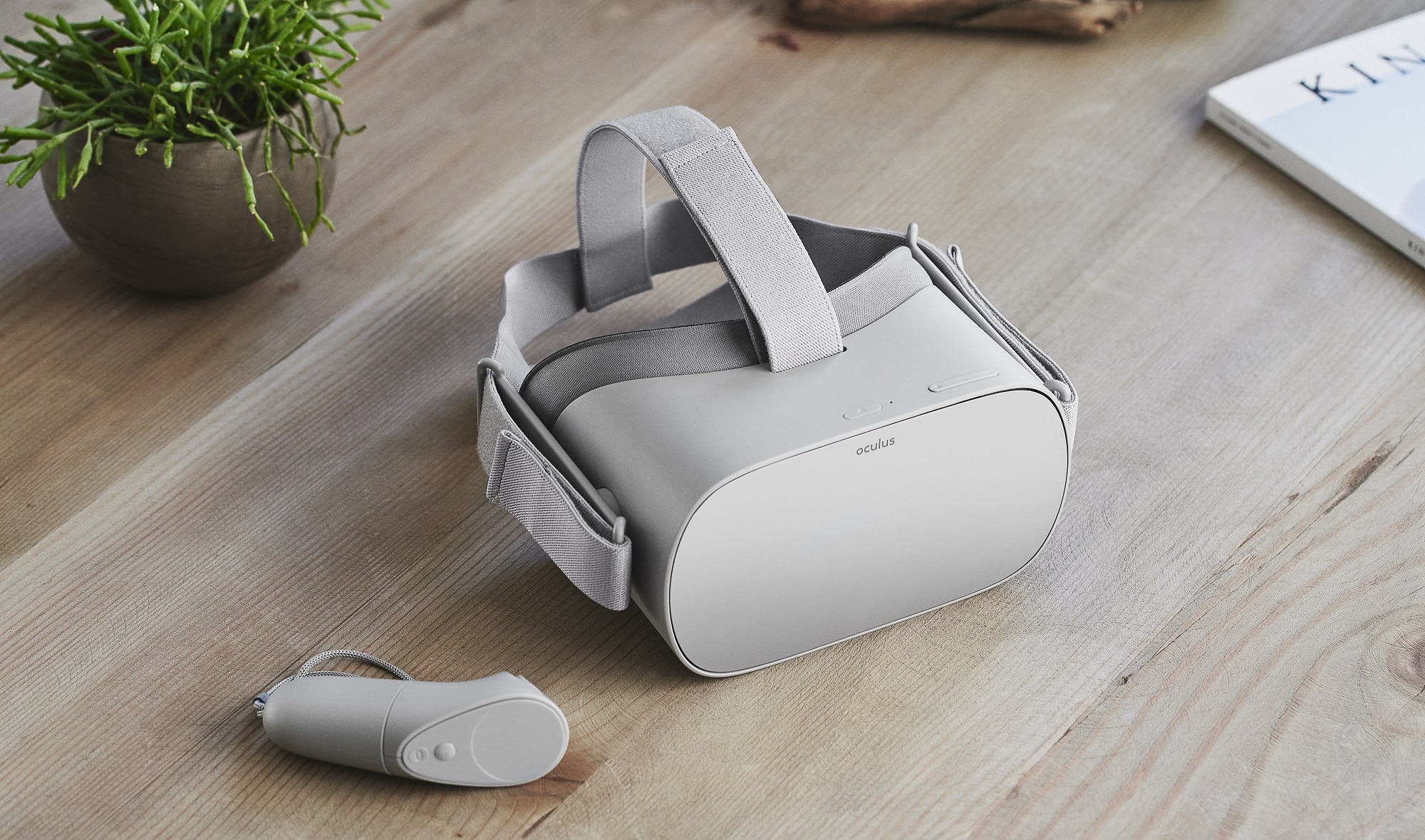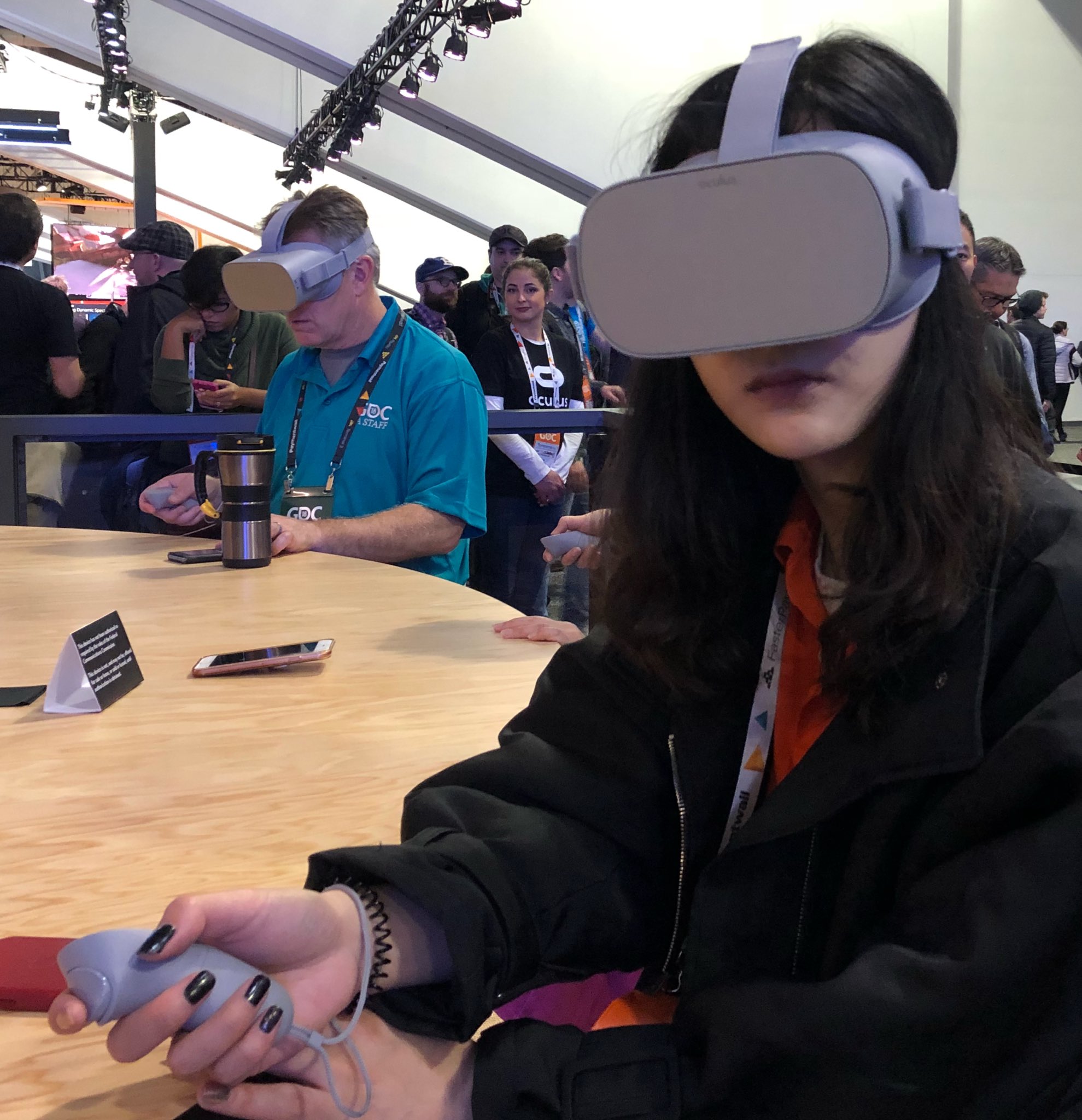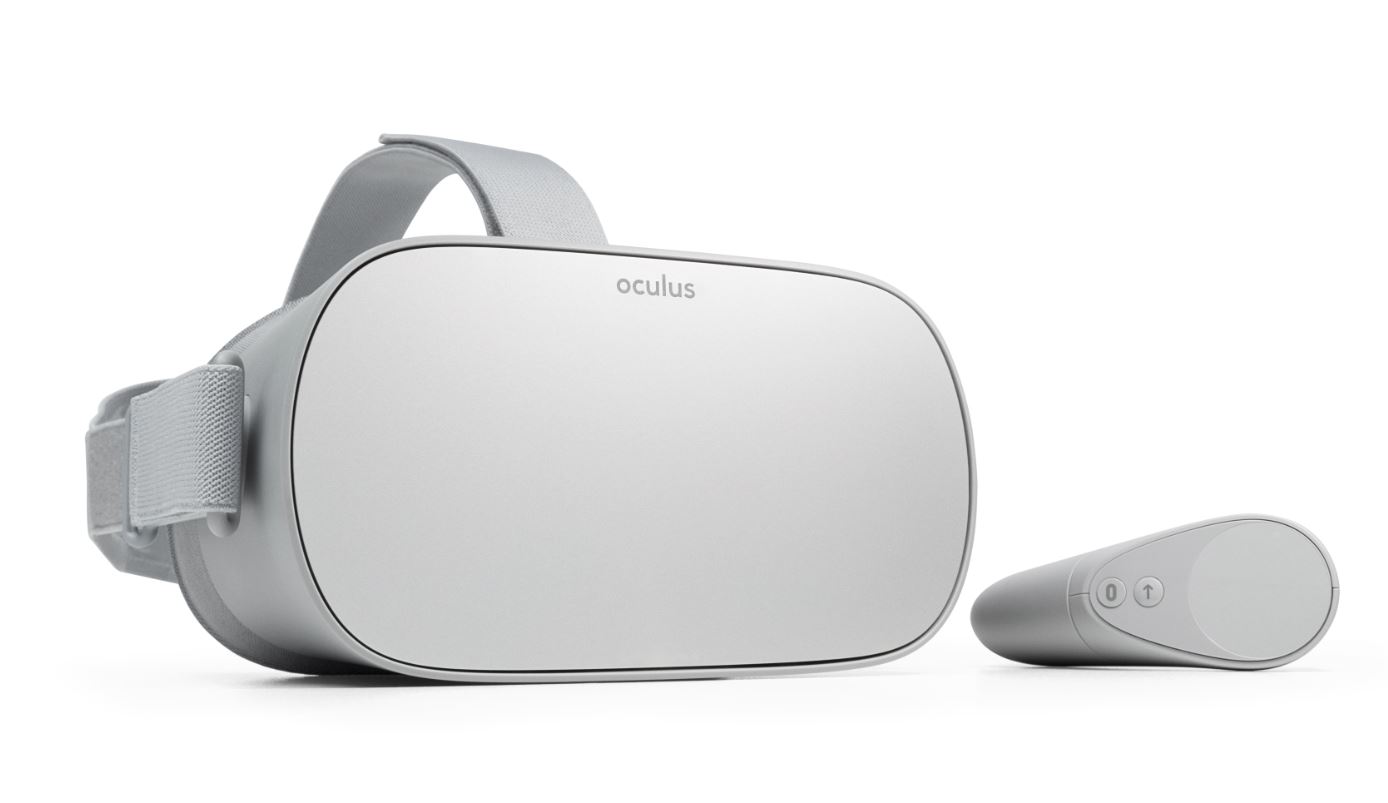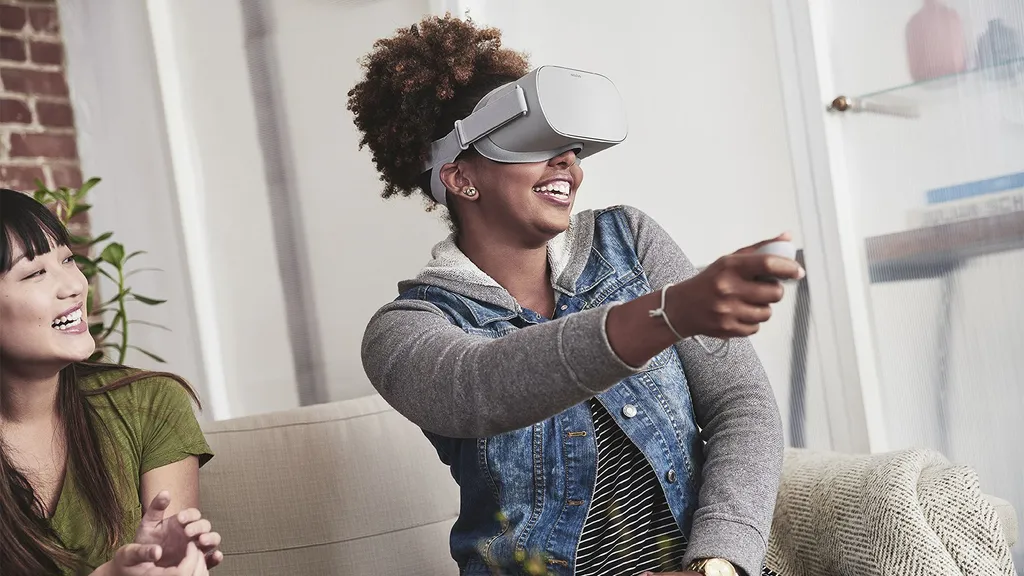I’ve found that the more I use the Oculus Go standalone VR headset, the more I like it. Facebook just launched the $199 new device — an all-in-one VR head-mounted display (HMD) that lets users access VR immediately without the need for a smartphone, PC, or game console as power — and the reception has been largely positive.
Prior to the headset’s launch we got the chance to speak with both Madhu Muthukumar, Software Product Manager for Oculus Go and Sean Liu, Product Manager for Oculus Go, about the device, what it means for the VR industry, and what they did to make it so easy to use and accessible.
“This is the most approachable VR product that’s coming to market,” said Muthukumar. “This is about as simple as possible. Buy it, take it out of the box, spend about 10 minutes on quick setup, then put it on and you’re in. That’s it.”
For me, this is the most attractive aspect. As someone that writes about VR for a living and spends a lot of time inside headsets, I’m often not looking for extra reasons to be in VR in my non-professional life. Plugging in all of the cables, booting up a PC or game console, docking my phone, or doing any of the other setup steps needed to enter VR is a huge turn off for me. Most of the time I’d rather just pull my phone out of pocket and zone out that way for a bit than go through the hassle of setting up one of my VR headsets.
The Oculus Go totally removes those barriers and allows for nearly frictionless VR. It’s not an exaggeration to say that the amount of time it takes me to reach in my pocket, unlock my phone, and launch a game or video app is the same amount of time it takes me to put on the Go and launch a game or video app. Only with the latter I can be fully immersed in VR.

“A lot of people are interested in VR but are scared of which GPU they need, how to set up the computer, the wires scare them off, not wanting to use up phone,” explained Muthukumar. “So this solves all those concerns for people that really want VR but want it be simple.”
This note can’t be overstated. Having a Go just sitting there on the side table by my couch ready to use means I am far more likely to put it on than if I need to plug in my phone or go to my PC. I can gift a Go to someone without needing to worry about which phone they have or if their PC can handle it. Everything you need is right there in the box. It’s the first VR headset I’d feel comfortable gifting without the need to help them set it up.
And the price itself is so low at just $199 that I’d wager most people could glean enough value from it to feel like it’s “worth it” according to whatever their subjective value standards might be. Specifically, it’s a great little device for non-gaming media.

“We talked a lot to the Rift and Gear VR community to see what we should be building and heard a lot of things that we expected, such as making it comfortable, or making it great for playing games, making a better controller, better performance, and so on,” said Muthukumar. “We did all of those things. But we also heard some surprising things and the most surprising thing is that they loved using their headsets for TV, movies, and media.”
Gear VR was a great device for media, whether it be watching Netflix on a giant private screen, watching 3D movies, or streaming content to the headset wirelessly. But now with Go, it can do all of that and more without the need for a phone to be plugged in. That last bit is important because it doesn’t lock you out of one of your other devices just to function.
Plus, it helps that everything looks really, really crisp and sharp on the Go.
“These optics are actually derived from the Rift, but a little better,” explained Liu. “That glare you get on Rift with high contrast colors is actually gone now. We’ve been working a lot on making that happen. It’s a fast-switch LCD display with bigger pixels so the fill factor is better and the screen door effect is reduced.”

On top of that, the built-in audio solution is surprisingly good as well. Instead of the over-ear caps that come standard on all Rift headsets, the Go has tiny little slits with speakers that project towards your ears but can also be heard from outside of the headset. If you’re looking for full immersion though then I’d recommend plugging in a nice pair of over-ear headphones instead though.
“We’ve ironed out a lot of the things we learned from building Oculus Rift and Gear VR,” said Muthukumar. “We’ve made tons of improvements with the overall hardware, the software, and the quality of what you get and it’s all in one package for just $199.”
For more on Oculus Go, make sure to read our full review and breakdown of what’s new in the updated Oculus Rooms social hub. We’ll have more on Go, including game and app recommendations, coming soon.
Let us know what you think of the headset down in the comments below!





























